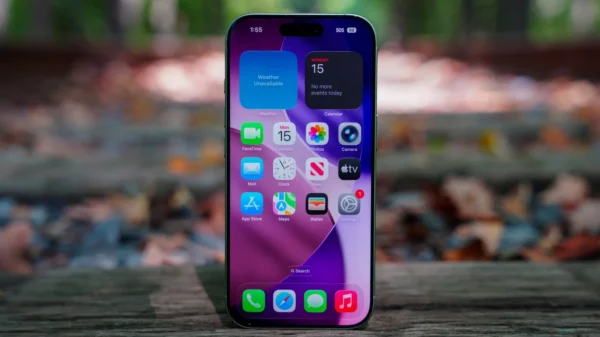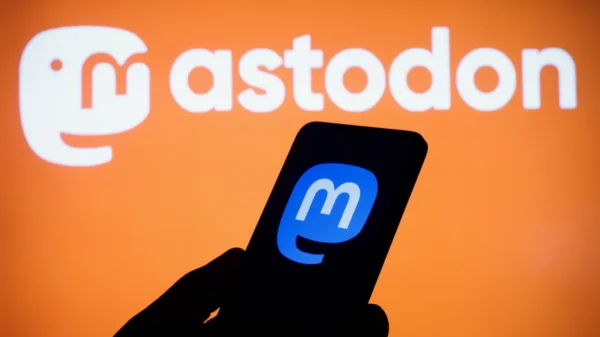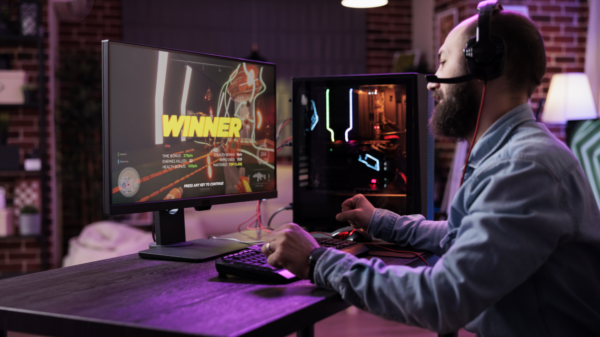Earlier today, Google announced Android O, the next iteration of their smartphone operating system, succeeding last year’s Android Nougat. Although this version of Android won’t be available to consumers and the general public until the fall of this year, Google announced in a blog post today that developers would be able to access a very early version of the operating system in order to begin to take advantage of the newest features that will be available once Android O is released to the public, and to make sure their pre-existing apps will be compatible with the newest version of the OS. While the blog post was intended to be read primarily by developers, it also outlines some of the features that will eventually become available to the end user.
One of the most significant changes Google announced today is a reworking of how the operating system manages applications’ requests to perform services in the background, while the app is not actively running. In an effort to make sure that users do not suffer from shortened battery life, Google is tightening its grasp on the freedoms Android offers to applications, especially when it comes to executing background processes. These restrictions affect two main areas of the operation of applications: background execution limits, which limit the capacity of apps to run services while in the background, and broadcast limitations, which prevent applications from “us[ing] their manifest to register for implicit broadcasts;” and background location limits, which limit how frequently apps that run in the background can request the user’s current geographical location.
Shortened battery life has long been a common complaint among users of Android devices, as installing a large number of applications, especially applications that consume a lot of resources or are poorly optimized, can cause a smartphone or tablet to run out of battery life earlier than a user expects. Google has been attempting to solve this problem for many years now, and previous versions of Android have included battery-saving features like Doze, which disables applications that run in the background while the phone is physically stationary, and a Battery Saver mode, which disables some of the phone’s more battery-intensive features and can be configured to activate automatically when the phone’s battery levels dip below a certain percentage.
In this newest version of Android, however, Google is signaling a willingness to create an app environment that more closely resembles Apple’s iOS than previous versions of Android, which have given developers a significant degree of flexibility and freedom in their choices of how to use the operating system’s features. This change in philosophy is also represented by the permissions system introduced in Android Marshmallow, which requires users to authorize applications to be able to take advantage of certain features, such as accessing photos and videos stored on the device and using the phone’s camera.
On the other hand, the newest version of Android also offers features to developers that allow them to use the Android operating system in ways that were previously impossible without requiring users to root their devices. One example is the introduction of notification channels, which allow developers to give users more fine-grained control over the notifications that they receive, and adaptive icons, which give developers greater control over how their applications’ icons appear on various devices.
Although Android O already introduces elements that significantly change the experience of using Android devices, Google will continue to develop and refine the operating system over the next several months, giving developers priority access to early builds, as was the case with previous iterations of Android. Android O is shaping up to be a significant change to Google’s increasingly popular OS, but the company continues to face the challenge of fragmentation, as several leading smartphones continue to run older versions of the operating system, due to manufacturers failing to update their phones’ firmware in a timely manner.
Featured image via Pixabay
















































